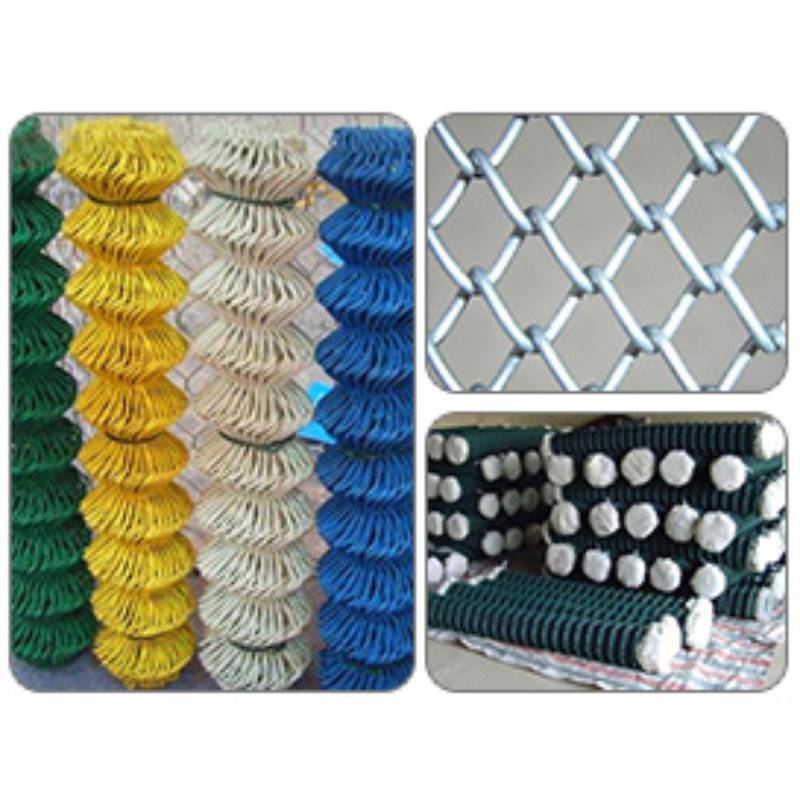
- Mobile Phone
- +8613931874955
- sales@cntcmetal.com
Understanding Tension Springs and Their Hook Mechanisms for Various Applications
Understanding Tension Springs and Hooks An Overview
Tension springs play a vital role in various mechanical systems and everyday applications. They are designed to bear loads through tension, or pulling force, making them a crucial component in numerous devices. This article delves into the essential characteristics of tension springs, their applications, and the integral role that hooks play in their functionality.
What are Tension Springs?
Tension springs are a type of spring that is wound in a way that allows them to stretch and absorb energy when a tensile force is applied. Unlike compression springs, which are designed to resist force applied to compress them, tension springs are specifically made to resist forces that attempt to elongate them. They are commonly made from materials such as stainless steel, carbon steel, or other alloys, which provide the necessary elasticity and durability.
One of the defining features of tension springs is their ability to return to their original shape after being stretched. This property is crucial in applications where consistent performance and reliability are needed. The energy stored in the spring can be released, facilitating movement or operation in various mechanical systems.
How Tension Springs Work
Tension springs function based on Hooke's Law, which states that the force exerted by a spring is directly proportional to its displacement from the equilibrium position. This means that the more you stretch a tension spring, the more force it will exert in the opposite direction. The spring constant, a measure of the stiffness of the spring, plays a critical role in determining how much force the spring can withstand before deforming permanently.
When a tension spring is stretched by an external force, it pulls back with an equal force that resists the tension. This property allows these springs to maintain tension in various applications, ensuring that components remain in connection, or that mechanisms operate smoothly. The design of the spring—its diameter, coil thickness, and overall length—determines its load-bearing capacity and the extent to which it can be stretched.
The Role of Hooks
Hooks are integral components often used in conjunction with tension springs. They serve as the connection point between the spring and other mechanical parts, ensuring that the spring can exert its force effectively. There are various types of hooks used with tension springs, including
1. Straight Hooks These are the most common types and provide a simple way to attach the spring to other components. Straight hooks can easily fit into slots or attach to holes in adjacent parts.
tension spring hook

2. Double Hooks These hooks provide additional support, allowing for more complex configurations of springs within a mechanism. They are particularly useful when a spring needs to be anchored at two points.
3. Custom Hooks In certain applications, specific geometries may be required to integrate the tension spring into a more complex system. Custom hooks can be designed based on the specific needs of the application.
The strength and material of the hooks are as critical as that of the springs themselves. Using incompatible materials can lead to failure, so it is essential to ensure that both components are designed to work together effectively.
Applications of Tension Springs and Hooks
Tension springs and hooks are ubiquitous across a range of industries. They are commonly found in
- Automotive Systems Tension springs are used in seat mechanisms, hood latches, and various suspension systems to maintain tension and ensure smooth operation.
- Industrial Machinery In the manufacturing sector, these springs can be found in conveyor belts, robotic arms, and other machinery that require precise movement and stability.
- Electronics Small tension springs are often used in devices such as printers and gaming controllers, where they help maintain component alignment and functionality.
- Household Items Tension springs are seen in various appliances, such as vacuum cleaners, where they provide the necessary tension for components to function correctly.
Conclusion
Tension springs, in combination with appropriately designed hooks, offer countless benefits across many fields. Their ability to absorb and release energy efficiently equips them for a wide range of applications, providing functionality and reliability. Understanding how these components work together is crucial for anyone involved in design, engineering, or production processes, leading to innovations and improvements in numerous mechanical systems. Whether in complex machinery or simple household items, tension springs and hooks are essential elements that make our modern lives work seamlessly.
share:
-
Why Sacrificial Formwork Is Redefining Underground ConstructionNewsJun.06,2025
-
The Structural Dynamics of Modern Concrete: How Snake Spacers Revolutionize Flexible ReinforcementNewsJun.06,2025
-
Snake Spacers Smart-Lock Concrete Reinforcement with Surgical PrecisionNewsJun.06,2025
-
Snake Spacers: Reinforcement Precision for Modern Concrete ProjectsNewsJun.06,2025
-
Snake Spacers Powering Concrete's Structural DNANewsJun.06,2025
-
Slither into Success: Snake Spacers' Precision Bite for Unbreakable ReinforcementNewsJun.06,2025
-
Sacrificial Formwork: Building Stronger, Faster, and Safer StructuresNewsJun.06,2025



















